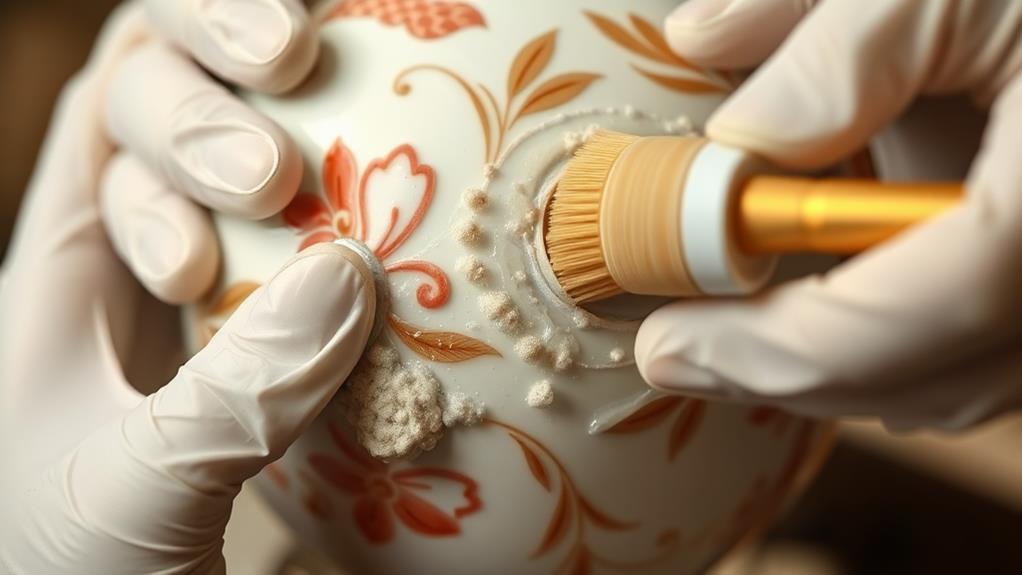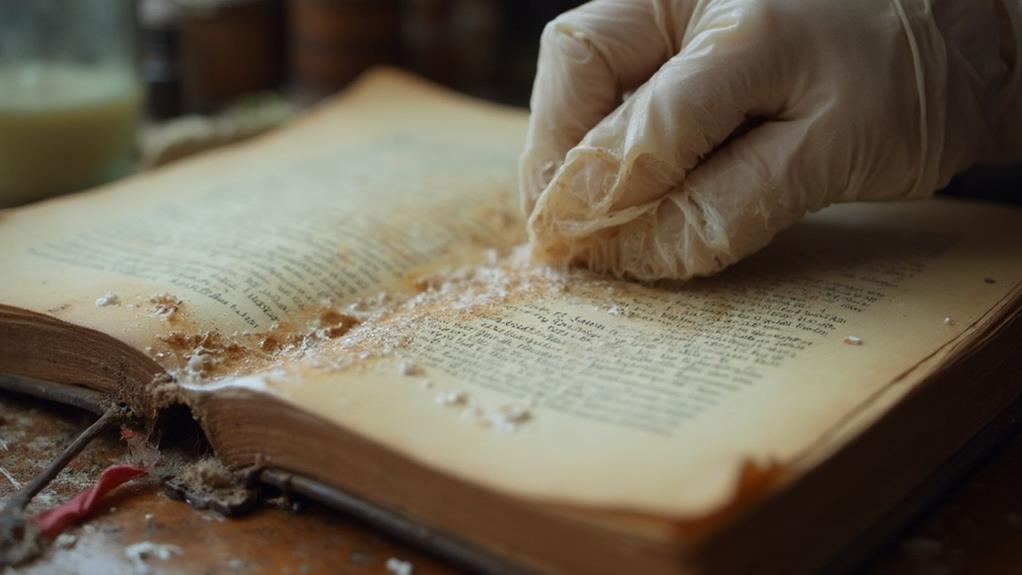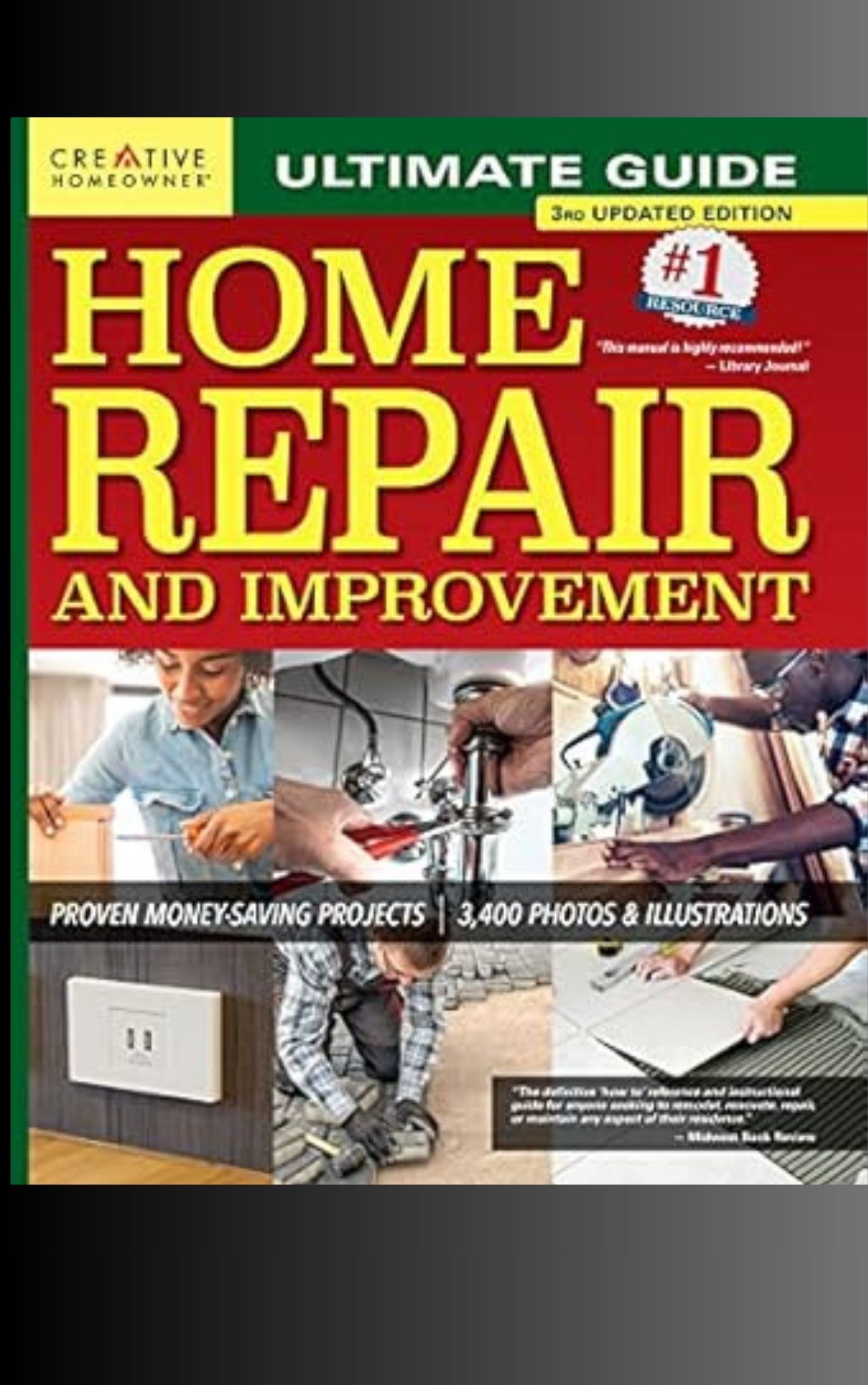Mold remediation for valuable or sentimental items requires careful assessment and specialized techniques. Identify mold growth through visual inspection and odor detection. Professional remediation is often recommended for precious items due to expertise and specialized equipment. Safe handling techniques, including proper protective gear, are crucial. Different materials require specific cleaning methods, such as gentle brushing for porous surfaces and appropriate solutions for non-porous items. Preventing future mold growth involves controlling humidity and proper storage. Restoration and preservation strategies may include freeze-drying for documents or specialized treatments for textiles. Understanding these processes can help protect and preserve your cherished possessions for years to come.
Identifying Mold on Precious Items

Mold detection on cherished possessions requires careful observation and attention to detail. Begin by examining items in well-lit areas, using a magnifying glass if necessary. Look for discoloration, fuzzy growths, or unusual spots on surfaces. Common mold colors include black, green, white, and brown, but can vary widely.
Pay particular attention to porous materials like paper, fabric, and wood, as these are especially susceptible to mold growth. Check for musty odors, which often indicate mold presence even if not visible. Inspect hidden areas such as the backs of paintings, undersides of furniture, and inside book bindings.
For antiques or delicate items, consider consulting a professional conservator who can identify mold without risking damage. Use caution when handling potentially moldy objects, wearing gloves and a mask to protect yourself from spores. If mold is suspected on electrical items, do not turn them on, as this can spread spores.
Document any findings with photographs to track the extent of mold growth and aid in remediation efforts. Early identification is crucial for preventing further damage and preserving the integrity of valuable or sentimental items.
Assessing Damage and Risks
Once mold has been identified on valuable or sentimental items, a thorough assessment of the damage and associated risks is crucial. This evaluation helps determine the extent of contamination, the potential for further deterioration, and the appropriate remediation methods. Experts should examine the affected items closely, considering factors such as the type of mold, the material composition of the item, and the duration of exposure.
The assessment should also include an evaluation of health risks to individuals handling or in proximity to the moldy items. Some molds can produce mycotoxins, which may cause allergic reactions or respiratory issues. Additionally, the structural integrity of the item must be considered, as mold can weaken materials over time.
Financial considerations are also important when assessing damage. The cost of professional remediation should be weighed against the item's monetary or sentimental value. In some cases, replacement may be more cost-effective than restoration. However, for irreplaceable or highly valuable items, specialized cleaning techniques may be necessary. Documenting the damage through photographs and detailed descriptions is essential for insurance purposes and to track the progress of remediation efforts.
Professional vs. DIY Remediation

When faced with mold-contaminated valuables, individuals must decide between professional remediation and do-it-yourself (DIY) approaches. Professional remediation offers expertise, specialized equipment, and proven techniques to effectively remove mold while minimizing damage to valuable items. Trained technicians can assess the extent of contamination, implement appropriate containment measures, and utilize advanced cleaning methods tailored to specific materials.
DIY remediation may be suitable for small-scale mold issues on non-porous surfaces. However, attempting to remediate valuable or sentimental items without proper knowledge and equipment can lead to further damage or incomplete mold removal. DIY methods often lack the precision and thoroughness required for delicate or irreplaceable objects.
For valuable or sentimental items, professional remediation is generally recommended. Professionals can provide documentation of the remediation process, which may be crucial for insurance claims or future resale. Additionally, they can offer guidance on preventing future mold growth and preserving items post-remediation. While professional services may be more expensive initially, they can ultimately save money by preventing further damage and ensuring thorough mold removal, particularly for items of significant monetary or emotional value.
Safe Handling Techniques
Safety is paramount when handling mold-contaminated valuable or sentimental items. To protect yourself and prevent further contamination, always wear appropriate personal protective equipment (PPE), including gloves, goggles, and an N95 respirator mask. Work in a well-ventilated area or outdoors, if possible, to minimize exposure to mold spores.
Handle affected items gently to avoid spreading spores. Use a HEPA vacuum to remove loose mold from surfaces before attempting any cleaning. For porous materials like textiles or paper, consult a professional conservator, as these items may require specialized treatment. Non-porous items can be cleaned with a solution of water and detergent or a commercial mold cleaner, following manufacturer instructions.
When cleaning, use soft brushes or cloths to avoid damaging delicate surfaces. Work from top to bottom and from cleaner areas to more contaminated ones to prevent recontamination. After cleaning, thoroughly dry items using dehumidifiers, fans, or air conditioning to discourage mold regrowth. For irreplaceable items, consider creating high-quality digital copies or photographs before attempting remediation, in case the original is damaged during the process.
Cleaning Methods for Different Materials

Different materials require specific cleaning methods to effectively remove mold while preserving the item's integrity. For porous materials like wood, fabric, and paper, gentle brushing with a soft-bristled brush and HEPA vacuuming can remove surface mold. Wooden items may benefit from light sanding followed by application of a fungicidal solution. Fabric items often respond well to dry cleaning or specialized laundering with antifungal detergents.
Non-porous materials such as glass, metal, and plastic are easier to clean. A solution of water and detergent or a commercial mold cleaner can be used, followed by thorough drying. For delicate items, like paintings or photographs, consult a professional conservator.
Electronics require special care; use compressed air to remove loose spores, then clean with isopropyl alcohol on cotton swabs. Leather items can be wiped with a mixture of water and rubbing alcohol, then conditioned to prevent drying.
Always test cleaning methods on a small, inconspicuous area first. For irreplaceable or highly valuable items, seek guidance from a professional restoration specialist to ensure proper treatment without causing damage.
Preventing Future Mold Growth
Preventing future mold growth is essential to protect your valuable and sentimental items from recurring damage. To maintain a mold-free environment, control humidity levels by using dehumidifiers and ensuring proper ventilation. Aim for indoor humidity below 60%, ideally between 30-50%. Regularly inspect your items for signs of moisture or mold, addressing any issues promptly.
Store valuable items in dry, well-ventilated areas, avoiding basements or attics prone to dampness. Use moisture-absorbing products like silica gel packets in storage containers. For delicate items, consider climate-controlled storage units. Ensure proper air circulation around stored items by using shelves or racks instead of stacking directly on floors.
Clean and dust your items regularly, as dust can attract moisture and promote mold growth. Use mold-resistant materials for storage, such as plastic containers with tight-fitting lids. For textiles and paper items, use acid-free archival boxes and tissue paper. Periodically air out stored items on sunny, dry days to prevent moisture accumulation. By implementing these preventive measures, you can significantly reduce the risk of future mold growth and preserve your cherished possessions for years to come.
Restoration and Preservation Strategies

Once valuable or sentimental items have been affected by mold, implementing effective restoration and preservation strategies becomes crucial. The first step is to assess the extent of damage and determine if professional restoration services are necessary.
For items with minor mold growth, careful cleaning with appropriate solutions can be effective. Gentle brushing or vacuuming with HEPA filters can remove surface mold, while specialized cleaning agents can address deeper contamination.
For paper-based items like documents or photographs, freeze-drying techniques can help salvage them. This process removes moisture without causing further damage. Textile items may require dry cleaning or specialized treatments to eliminate mold spores and prevent future growth. For wooden objects, careful sanding and refinishing may be necessary after thorough cleaning.
To preserve restored items, proper storage is essential. Use acid-free boxes or archival-quality containers in climate-controlled environments. Regularly inspect items for signs of recurring mold growth.
For particularly valuable or irreplaceable items, consider professional conservation services to ensure long-term preservation. These experts can provide tailored solutions and employ advanced techniques to restore and protect cherished possessions from further mold damage.
Frequently Asked Questions
How Long Does the Mold Remediation Process Typically Take for Valuable Items?
The mold remediation process for valuable items typically takes 1-5 days, depending on the extent of contamination, item type, and treatment method. Factors like drying time, specialized cleaning techniques, and restoration procedures can influence the duration.
Can Mold-Damaged Items Be Safely Stored With Non-Affected Items After Remediation?
After thorough remediation, properly treated items can generally be stored with non-affected items. However, it's advisable to monitor for any recurrence of mold growth. Ensuring complete dryness and using moisture-absorbing products can provide additional safeguards against future contamination.
Are There Any Insurance Policies That Cover Mold Damage to Valuable Items?
Some insurance policies may cover mold damage to valuable items, but coverage varies widely. Homeowners and renters insurance often have limitations or exclusions for mold. Specialized policies or endorsements for valuable items might offer better protection.
How Can I Determine if a Sentimental Item Is Beyond Salvaging From Mold?
To determine if a sentimental item is beyond salvaging from mold, consult a professional restoration expert. They can assess the extent of damage, potential health risks, and feasibility of restoration, considering the item's material, age, and sentimental value.
What Certifications Should I Look for When Hiring a Mold Remediation Specialist?
Like a beacon in a storm, certifications guide your choice. Look for specialists with IICRC (Institute of Inspection Cleaning and Restoration Certification) credentials, particularly the Applied Microbial Remediation Technician (AMRT) certification. ACAC (American Council for Accredited Certification) qualifications are also valuable.
Conclusion
In the battle against mold on cherished possessions, knowledge is the ultimate weapon. Like a skilled surgeon, one must approach remediation with precision and care. By understanding identification, assessment, and appropriate cleaning methods, valuable items can be salvaged from mold's destructive grasp. Implementing preventive measures and preservation strategies ensures these treasures remain pristine for generations. With diligence and expertise, even the most delicate artifacts can emerge unscathed from mold's insidious invasion, preserving both memories and material worth.

